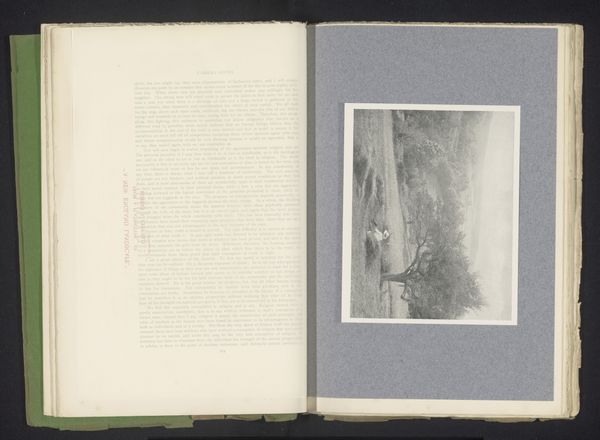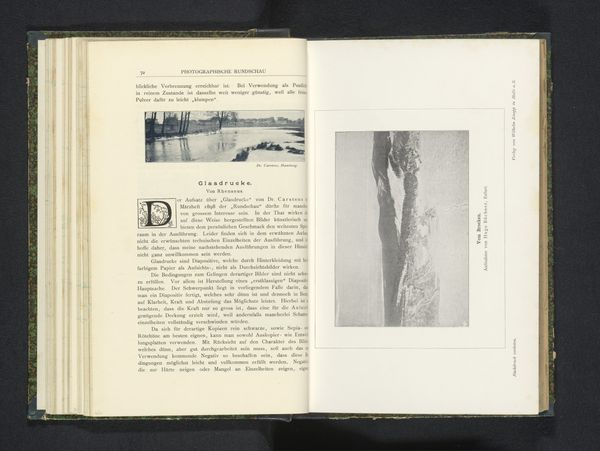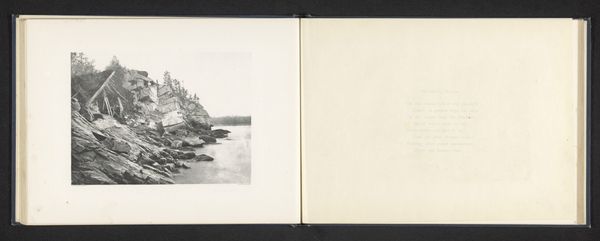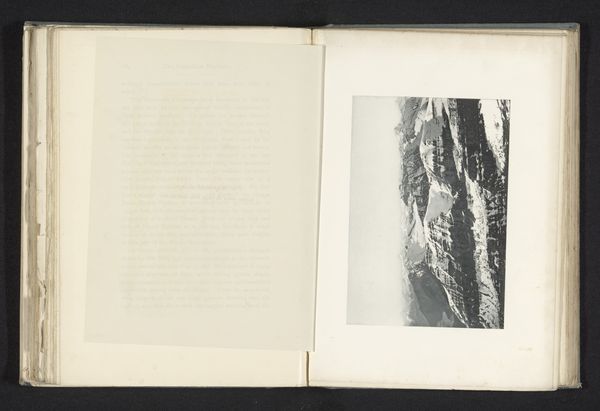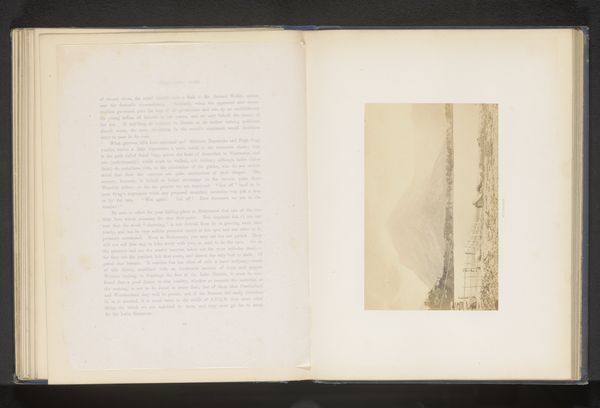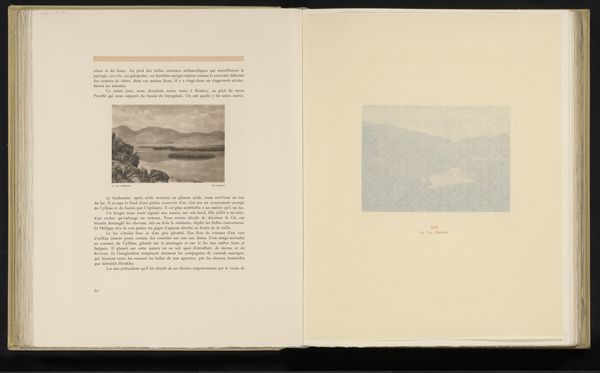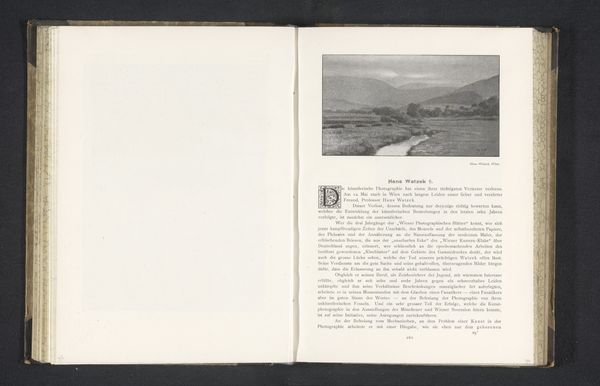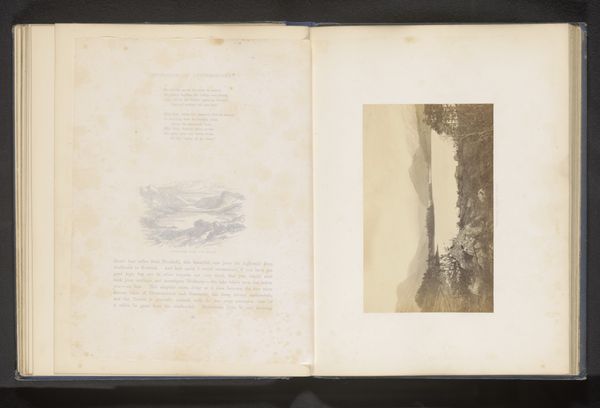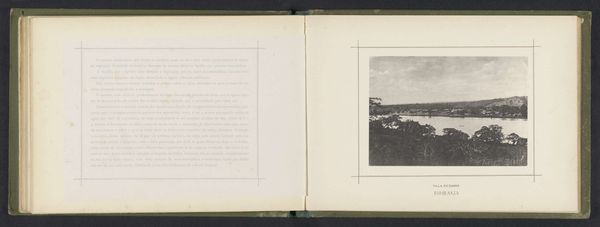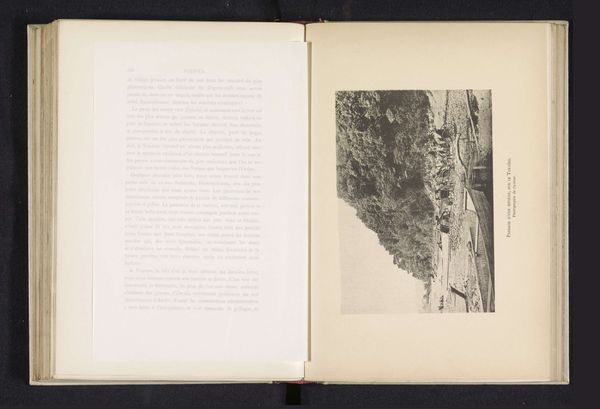
print, photography, gelatin-silver-print, albumen-print
#
still-life-photography
# print
#
landscape
#
photography
#
gelatin-silver-print
#
albumen-print
Dimensions: height 145 mm, width 116 mm
Copyright: Rijks Museum: Open Domain
Editor: Here we have Walter Dwight Wilcox’s "Gezicht op Mount Hector en de Slate-bergketen," created sometime before 1897. It appears to be a gelatin silver print. The crispness of the snow really strikes me. How should we interpret this work? Curator: What immediately catches my attention is the physical presence of the photographic object itself: the albumen print. The materiality speaks to the technology of image-making at the time, requiring meticulous processes and chemical knowledge. Wilcox wasn't just pointing and shooting; there's significant labor and skill embedded in this "snapshot." Think about the accessibility of photography and wilderness at the time – who was afforded the means and leisure to produce and consume such images? Editor: So it's less about the majestic mountain and more about the process used to capture it, and who could afford to participate? Curator: Exactly. Consider the economic realities inherent in the very act of photographing. The materials themselves were a commodity, available only to a certain class. And beyond that, consider the labor involved in not just taking the picture but also developing the print. It’s easy to see the landscape, but it is also crucial to examine it as a material product tied to specific social conditions. Does considering the economic process influence how you interpret it? Editor: Absolutely. It’s easy to get lost in the beauty, but understanding the layers of production and consumption adds a new dimension to the artwork. Curator: Precisely. By focusing on these aspects, we move beyond simply admiring the view and start questioning the mechanisms behind its creation and distribution. We begin to understand this image as an object embedded in a network of material relations and power dynamics. Editor: I'll definitely remember to look beyond the surface when analyzing photographs from now on. Thanks for this.
Comments
No comments
Be the first to comment and join the conversation on the ultimate creative platform.
